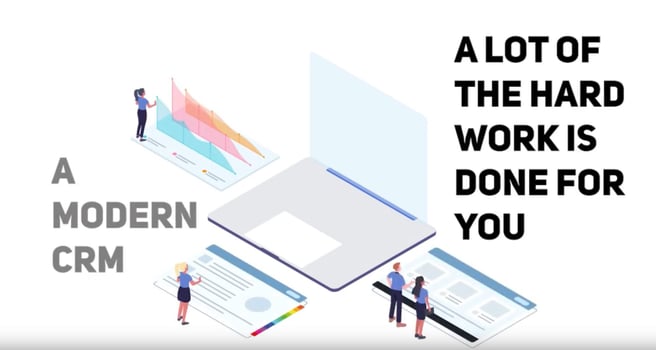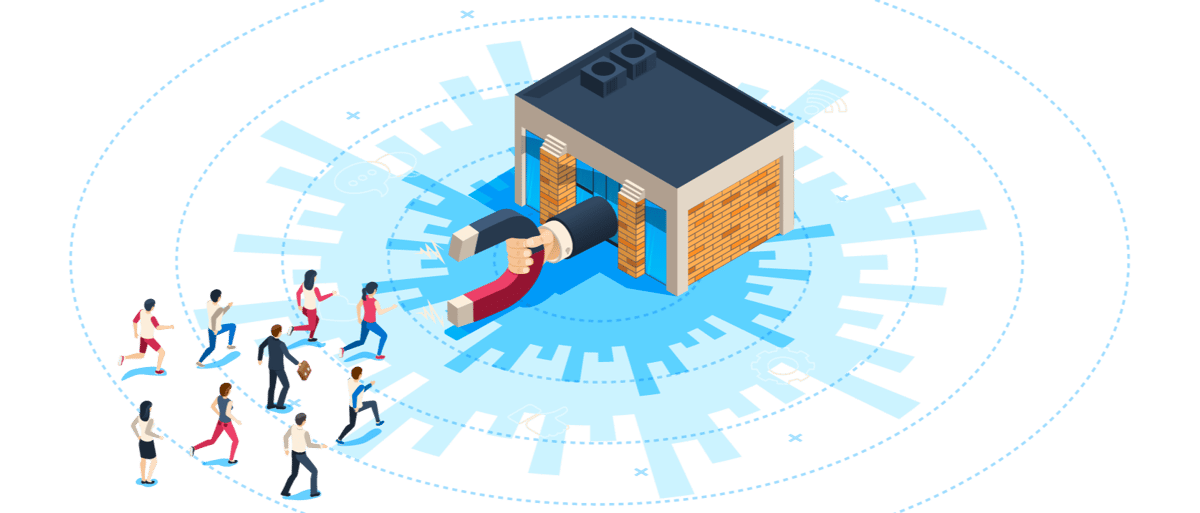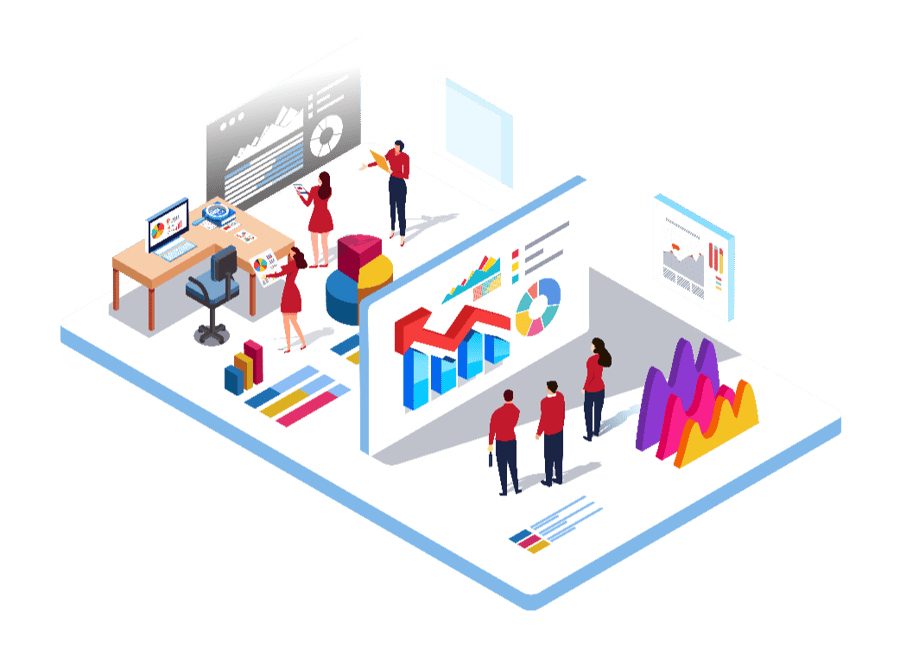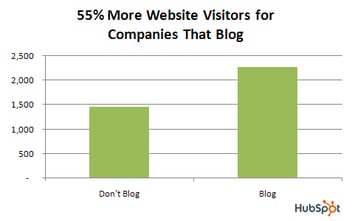Are you looking for tried and tested methods to increase your sales? Prompting customers to act on an offer can be tough, but having the right technology in place can make it easier. The HubSpot FREE CRM holds an impressive variety of tools that can help you grow your business, and it's FREE. Below are 3 easy ways you can use HubSpot to craft a new approach toward improving your sales teams performance using customer data and behavior tracking to move leads through your funnel.
Create buyer personas
Simply put, buyer personas help you understand your customers (and prospective customers) better. They are fictional, generalized representations of your ideal customers. Personas help us all -- in marketing, sales, product, and services -- internalize the ideal customer we're trying to attract, and relate to our customers as real humans. Having a deep understanding of your buyer persona(s) is critical to driving content creation, product development, sales follow-up, and really anything that relates to customer acquisition and retention.

Buyer personas can be created through research, surveys, and interviews with your target audience. One great way to do this is by interviewing customers and prospects, either in person or over the phone, to discover what they like about your product or service. Take into consideration your sales team's feedback on the leads they're interacting with most. What generalizations can they make about the different types of customers you serve best?
Not sure where to start? You can use these customizable buyer persona templates to easily organize your research to create your buyer personas.
Sort your contacts
Now that you have a specific outline of who your buyer personas are, it’s time to sort your contacts accordingly. For the contacts you already have in your database, you can easily associate a
contact with a persona using the contacts tool manually, by using the import tool to assign a mass list by using Hubspot Workflows. (Get the step-by-step guide here). Be sure to pay attention to any trends about how certain leads or customers find and consume your content.

Make sure your website is equipped for identifying contacts when new leads come in. For example, when creating forms to use on your website, use form fields that capture important buyer persona information. If all of your personas vary based on company size, ask each lead for information about company size on your forms.
It’s also important to monitor contact behavior patterns, like the number of page visits. Every time a visitor lands on your website, HubSpot will check for an existing tracking cookie. If one does not exist, a cookie will be associated with that visitor and will log every page that person visits moving forward. HubSpot will also attribute page views to a contact if the contact clicks a link in a tracked marketing email which directs to a page with the HubSpot tracking code installed.
Market to each persona
Developing buyer personas makes it easier for you to tailor your content,
messaging, product development, and services to the specific needs, behaviors, and concerns of different groups.

It also enables you to target or personalize your marketing for different segments of your audience. For example, instead of sending the same lead nurturing emails to everyone in your database, you can segment by buyer persona and tailor your messaging according to what you know about those different personas. Furthermore, when combined with the Lifecycle Stage function (i.e. how far along someone is in your sales cycle), buyer personas also allow you to map out and create highly targeted content.
In other words, don’t send a contact who is still in the curiosity stage an email pushing them to pull the trigger. Don’t send a contact an email with products out of their price range. Instead, impress them with information that relates to their specific needs.


